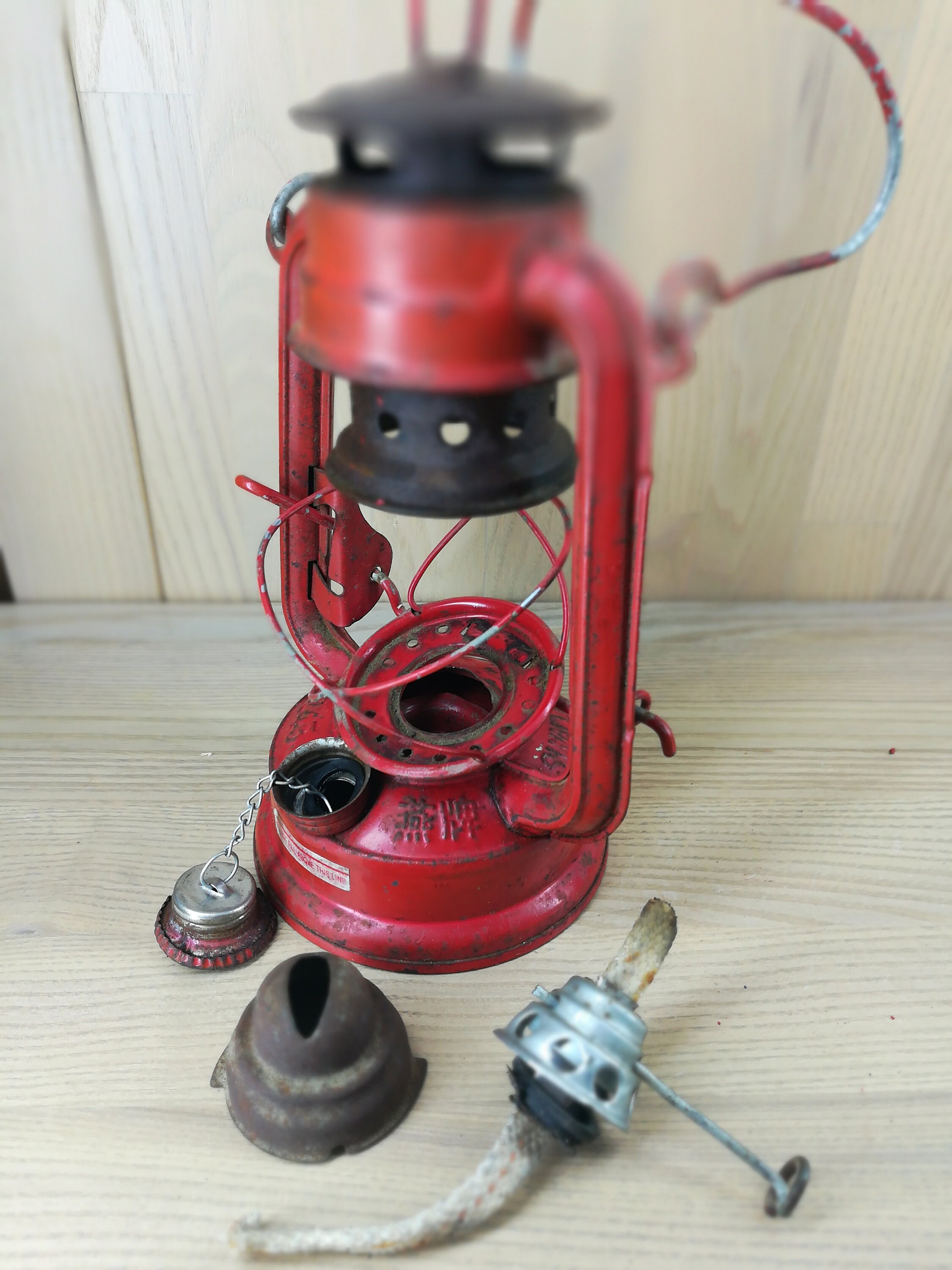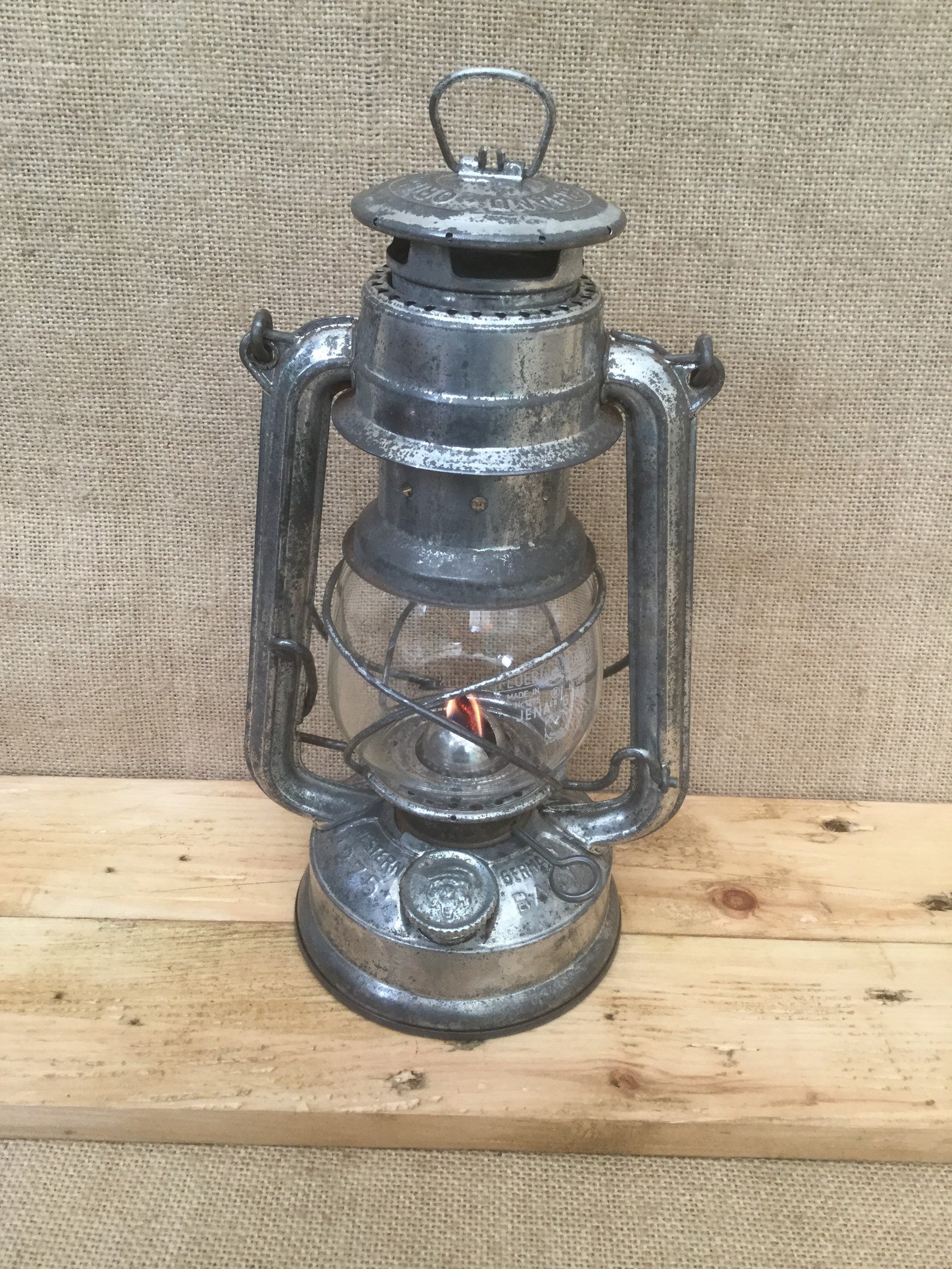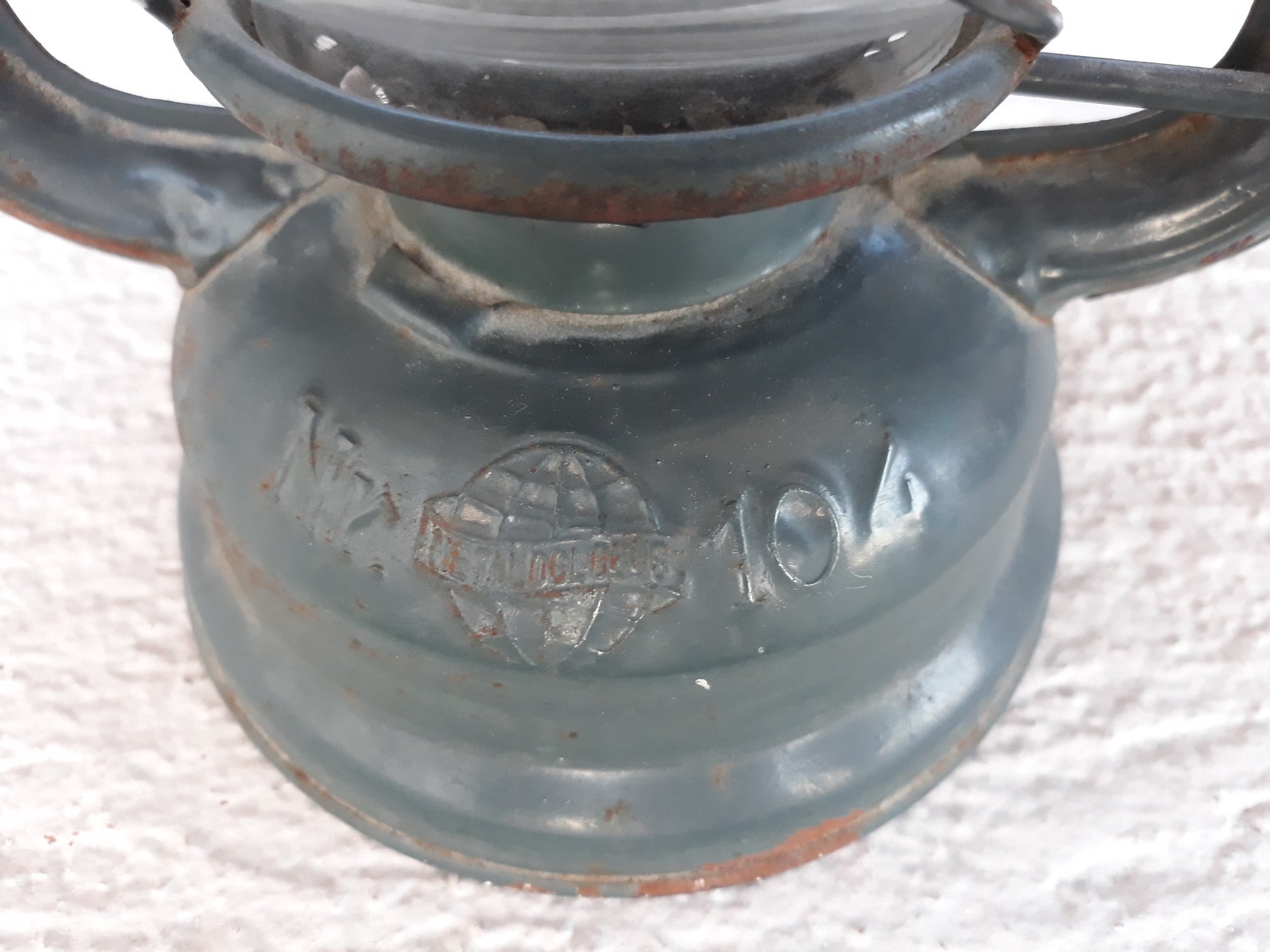


Regular wiping and dusting gets this job done. Kerosene Hurricane Lantern The FEUERHAND 276 hurricane lanterns are produced in Germany since 1902. Make an effort to look at all the vent and airflow systems of your burners carefully. All of these vent holes must be kept clean. Central draft lamps were vented using the spaces next to the wick riser. Others have a hole that vents into a screened area of the burner. Most commonly burners have a tube that runs next to the flat wick tube. All oil lamp burners have a small air vent safety feature for equalizing oil tank air pressure. ' Feuerhand Quality Since 1983' Feuerhand.Keeping the burner vent holes clean is the most important maintenance step for any oil lamp or lantern. ' History of the Feuerhand Storm lanterns from Beierfeld' ģ. This results in an even more efficient and brighter burn than the hot blast design.ġ.' Feuerhand Sturmlaternen' - Dr. A cold blast lantern uses a slightly more complicated design to expel the exhaust out of the top of the lantern while sucking in only fresh cold air to travel down the tubes to mix at the base of the lantern. This creates a better combustion and brighter, cleaner light. At the base of the lantern, the exhaust and fresh air is mixed with the kerosene vapour to create a burning mixture. A hot blast lantern instead retains the exhaust which gets mixed with fresh air and cycled down through the side tubes. Being a cold blast lantern, it is not only more efficient but also a lot brighter than other designs.ĭuring the 1800s, traditional dead flame lanterns were improved on to create hot blast lanterns which in turn led to the development of the now more common, cold blast lanterns.Ī dead flame lantern simply draws fresh air from below the flame and expels the exhaust straight out the top. It is a smaller lantern at only 25.5cm but it's extremely long-lasting with a 20 hour burn time per tank. Since 1989, the popular and functional design became the only hurricane lantern that Feuerhand produces. Originally patented in 1934, Feuerhand’s most iconic lantern is the Feuerhand Baby Special 276.

This has continued even after reunification. Collectors of Feuerhand lanterns can easily distinguish pre-war lanterns, as they were all stamped “Made in Germany” but all post-war lanterns are stamped with “W.Germany”. This is a classic design, oil or kerosene lantern made of metal with a wired covered glass. This product has been a part of American culture for over 150 years. With the split of Germany, all production equipment was taken by the Soviet Union and the Nier family fled to West Germany.Īfter a few years, the family was able to re-establish the factory in the west and continue production of its iconic Feuerhand Baby Special 276 Lantern. Powered by lamp oil or kerosene, Hurricane Lanterns can prove very useful when electricity is not available, or simply add ambiance to your room by adding the warm glow of a lamplight. Operations were however interrupted with the outbreak of World War II and stopped completely towards the end of the war due to a lack of available materials and the approaching Russian army. Later generations of the Neir family continued to run the Neir Feuerhand Company, eventually becoming the world biggest lantern producer in the 1930s. As industrialisation spread, Harmann and his brother Ernst established a dedicated factory to produce kerosene lanterns.

Here, Hermann Nier, operating out of a small silverware workshop, made miners lamps and household lanterns. The Feuerhand story begins in the 1870s in the Saxon Ore Mountains in Eastern Germany.


 0 kommentar(er)
0 kommentar(er)
